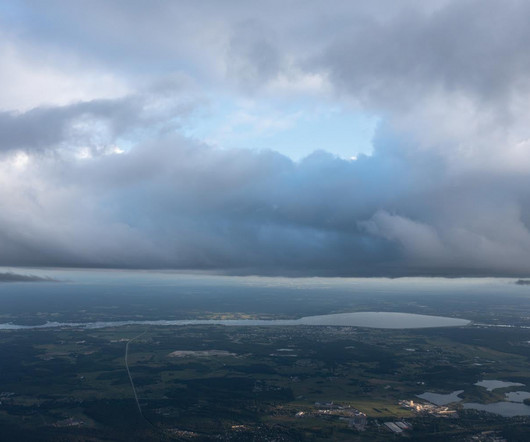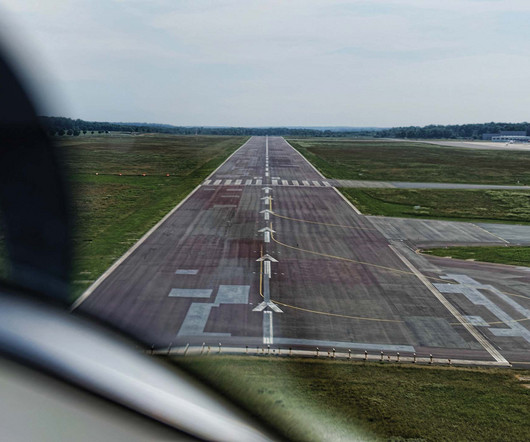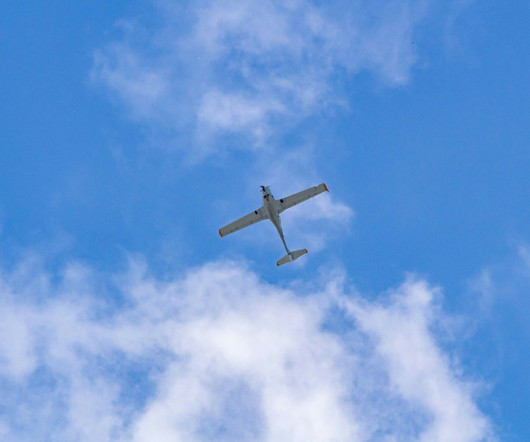Trial by Ice
Air Facts
MAY 5, 2025
The hourly sequence report showed Springfield had a ceiling of 100 feet obscured, a visibility of 3/8 mile and fog with a surface temperature of 30 degrees F. The forecast at our arrival time at Jefferson City was for a ceiling of 1,200′ overcast with a visibility of four miles in fog. Phil was a cool head under pressure.

























Let's personalize your content